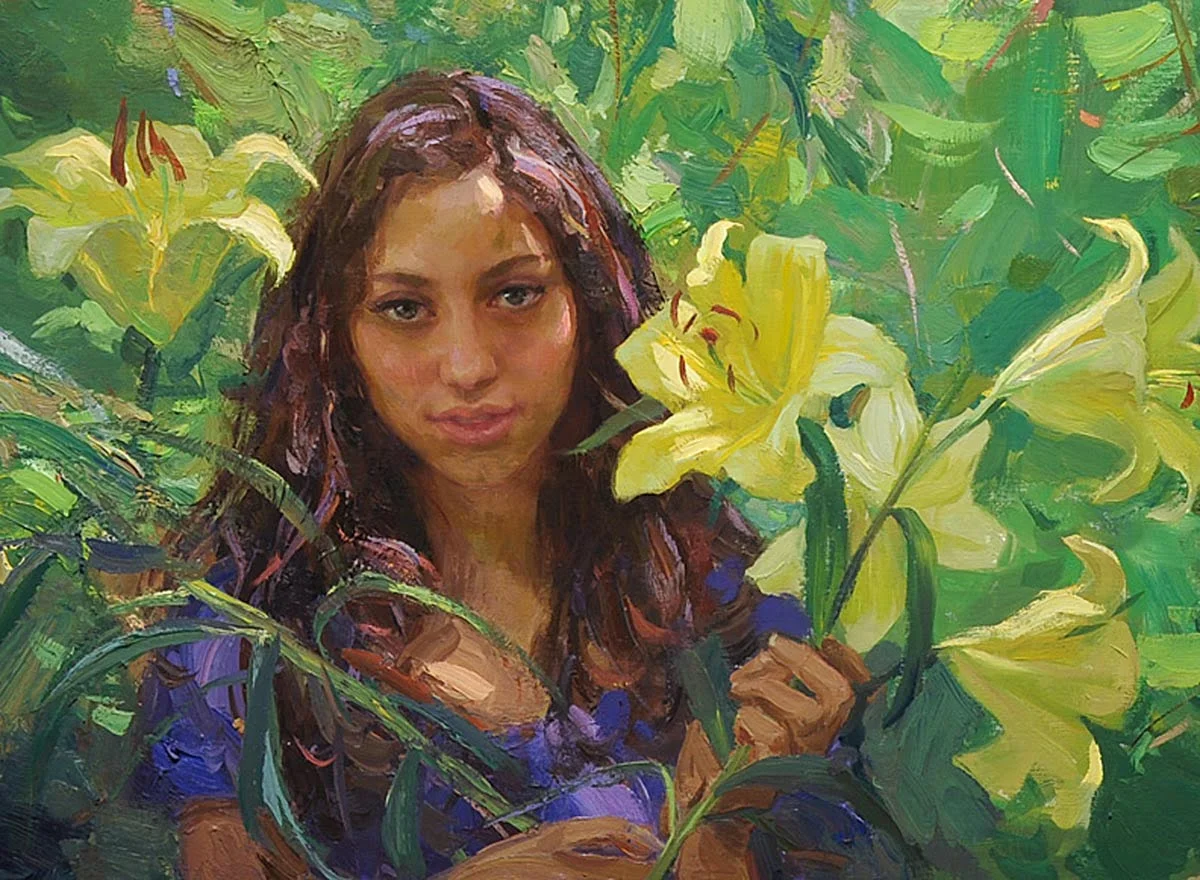Beauty and art are universal aspects of human experience, yet their interpretations and appreciations vary widely across different cultures. This blog post delves into how various cultures perceive beauty and art, drawing on insights from notable philosophers to understand these differences and their implications.
The Universality and Diversity of Beauty
Beauty, while a universal concept, manifests differently across cultures due to varying historical, social, and environmental factors. Philosophers have long debated the nature of beauty, with some arguing for universal standards and others advocating for cultural relativism.
1. Plato and the Universal Forms
Plato posited that beauty is an objective quality, rooted in the realm of ideal Forms. According to him, true beauty exists beyond the physical world and is universally recognizable. While this perspective suggests a common standard for beauty, it also acknowledges that different cultures might access and interpret these ideals in varied ways.
Why Aesthetics Matter in Philosophy- Know its roots in the Greek to Modern Philosophy
Cultural Interpretations of Beauty
2. Western Aesthetics: Classical Harmony and Proportion
In Western culture, the appreciation of beauty has often been influenced by classical ideals of harmony, proportion, and balance. This tradition can be traced back to Ancient Greece, where philosophers like Plato and Aristotle emphasized the importance of symmetry and order in their definitions of beauty. The Renaissance further reinforced these ideas, celebrating humanism and anatomical precision in art.
3. Eastern Aesthetics: Harmony with Nature and Inner Peace
In contrast, Eastern cultures, particularly those influenced by Confucianism, Taoism, and Buddhism, often emphasize harmony with nature and inner peace as central to their aesthetic values. For instance, Japanese aesthetics, deeply rooted in Zen Buddhism, value simplicity (wabi), imperfection (sabi), and the transient nature of beauty (mono no aware). Chinese art, influenced by Taoist philosophy, often portrays a harmonious relationship between, Beauty and Art, humans and nature, emphasizing flow and balance.
The Influence of Philosophy on Cultural Aesthetics
4. Immanuel Kant and the Subjective Experience of Beauty
Immanuel Kant argued that beauty is a subjective experience, rooted in individual perception rather than objective standards. This perspective aligns with the idea that different cultures can have diverse aesthetic values based on their unique experiences and traditions. Kant’s notion of the “disinterested pleasure” in beauty suggests that while individuals may have personal preferences, there are commonalities in how beauty is experienced universally.
5. Friedrich Nietzsche and Cultural Narratives
Nietzsche viewed art as a means of expressing cultural narratives and existential truths. He believed that different cultures use art to reflect their unique worldviews and existential concerns. For example, the dramatic and expressive nature of African art, with its emphasis on communal stories and spiritual themes, contrasts with the introspective and serene qualities, Beauty and Art, of traditional Japanese art, which often reflects themes of impermanence and simplicity.
Contemporary Perspectives on Cultural Aesthetics
6. The Globalization of Art and Beauty
In today’s globalized world, the exchange of cultural aesthetics is more prevalent than ever. The blending of artistic styles and the cross-cultural appreciation of beauty have led to a more diverse and inclusive understanding of aesthetics. However, this also raises questions about cultural appropriation and the authenticity of artistic expressions.
7. The Role of Technology in Shaping Aesthetics
Technology has significantly influenced how beauty and art are perceived and created across cultures. Digital art, virtual reality, and social media platforms have democratized artistic expression, allowing for a more diverse range of voices and perspectives to be heard. Philosophers and critics explore how these technological advancements impact our understanding of beauty and the ways in which art can be both a unifying and divisive force in contemporary society, Beauty and Art.
Conclusion
The perception of beauty and art varies significantly across cultures, shaped by historical, philosophical, and social factors. While Western aesthetics often emphasize harmony and proportion, Eastern traditions highlight simplicity and harmony with nature. Philosophers like Plato, Kant, and Nietzsche provide valuable insights into these cultural differences, helping us understand the universal and subjective aspects of beauty. In our interconnected world, appreciating these diverse perspectives enriches our global cultural landscape and fosters a deeper understanding of, Beauty and Art, what it means to experience and create beauty.
References
- Plato, “The Republic”
- Immanuel Kant, “Critique of Judgment”
- Friedrich Nietzsche, “The Birth of Tragedy”
- Saito, Yuriko. “Japanese Aesthetics and Philosophy”
- Shusterman, Richard. “Pragmatist Aesthetics: Living Beauty, Rethinking Art”
- Coote, Jeremy, and Anthony Shelton, eds. “Anthropology, Art, and Aesthetics”
